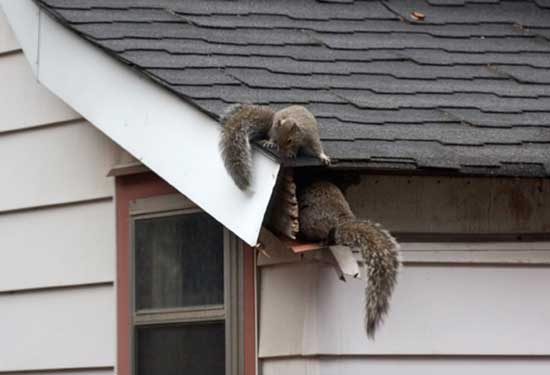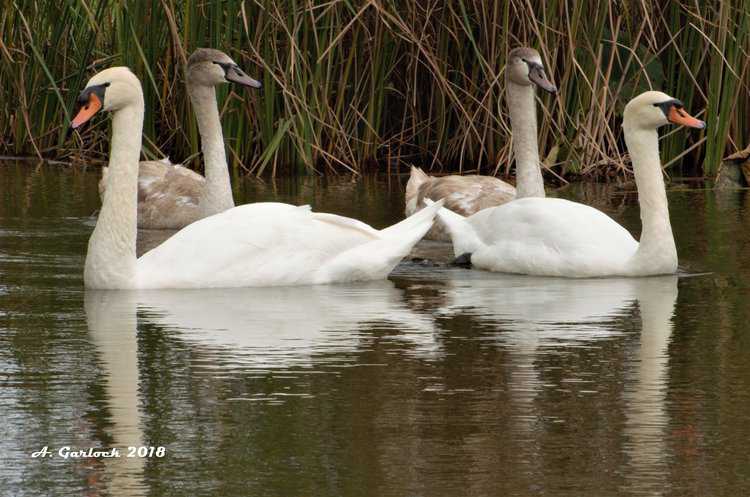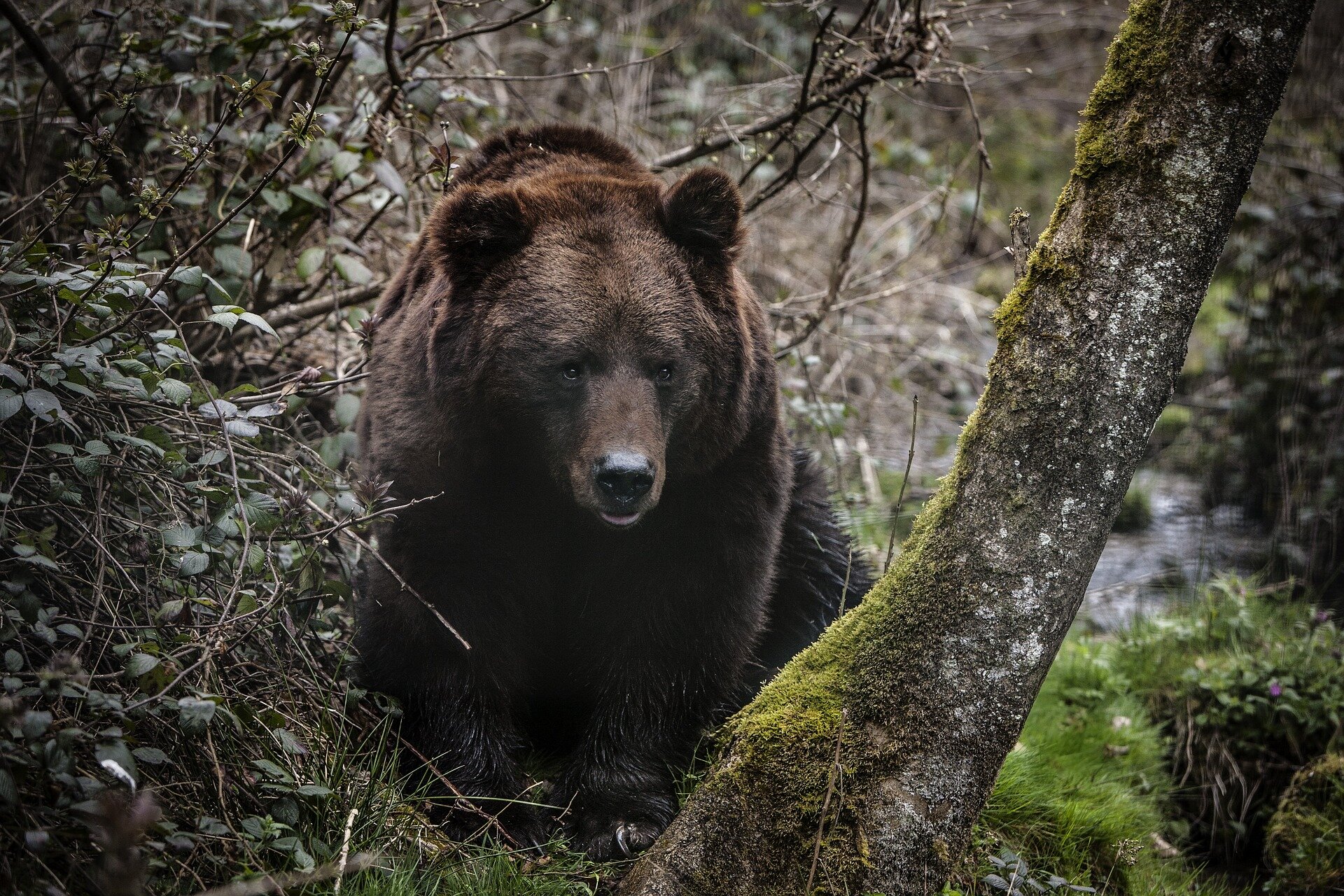Squirrels can become unwelcome guests in homes, often causing damage and disturbances. Humane squirrel removal services provide effective solutions that prioritize the safety and well-being of these animals while addressing homeowners’ concerns. These services focus on safely relocating squirrels rather than using harmful methods, ensuring a balance between wildlife management and animal welfare.
Understanding the complexities of squirrel behavior is crucial for effective removal. Professionals in humane squirrel removal are equipped with the knowledge to identify entry points and assess the situation thoroughly. They devise strategies that remove squirrels and prevent future infestations, providing homeowners with peace of mind.
Choosing humane options fosters a compassionate approach to wildlife interaction. By opting for humane squirrel removal, individuals contribute to a responsible method of coexistence with nature while safeguarding their property. This approach is becoming increasingly popular among those seeking solutions that align with ethical considerations.
Understanding Squirrel Behavior
Squirrels are resourceful creatures with distinct habits that can influence their interactions with human environments. Knowing their habitat preferences, dietary needs, and signs of presence can help manage nuisance issues effectively.
Habitat and Diet
Squirrels thrive in various environments, often favoring wooded areas, parks, and gardens. They build nests, called dreys, in trees or eaves of buildings. Urban areas provide ample food sources, making it easier for them to inhabit residential regions.
Their diet primarily consists of nuts, seeds, fruits, and, occasionally, small insects. Squirrels also store food, creating caches in the ground or tucked in tree bark. This behavior increases their chances of survival during colder months. Proper knowledge of their habitat and dietary needs helps understand why they invade certain spaces.
Signs of Squirrel Presence
Detecting squirrel activity is crucial for timely intervention. Common signs include:
- Nesting Sounds: Scratching noises in attics or walls during the day.
- Droppings: Small, dark pellets near entry points or food caches.
- Damage: Chewed wood, insulation, or electrical wires.
Visual cues include sightings of squirrels during the day, as they are primarily diurnal. Identifying these signs early can lead to more effective and humane removal strategies.
Reasons for Removal
Humane removal of squirrels may become necessary for several reasons. First, their presence within homes can lead to structural damage. Chewed wires pose fire hazards, while droppings can lead to health risks.
In addition, squirrels can compete with local wildlife for food resources. When they invade bird feeders or gardens, they disrupt the balance of the ecosystem. Understanding these reasons highlights the importance of addressing squirrel issues promptly and responsibly.
Humane Squirrel Removal Techniques

Humane squirrel removal focuses on safe, effective methods that do not harm the animals. This includes live trapping, exclusion strategies, and natural repellents. Each technique aims to manage squirrel populations responsibly while ensuring their well-being.
Live Trapping and Relocation
Live trapping involves using a cage trap to capture squirrels without causing injury. These traps are designed to lure squirrels using bait, such as nuts or seeds. Once captured, the squirrels can be relocated to a suitable distance from residential areas, typically several miles, to prevent them from returning.
Traps must be checked frequently, ideally every few hours, to minimize stress on the animals. Local regulations often outline relocation guidelines, so it is advisable to contact wildlife authorities beforehand. This method is considered a safe and non-lethal way to control squirrel populations effectively.
Exclusion Methods
Exclusion methods focus on preventing squirrels from entering buildings and nests. This can be achieved by sealing potential entry points, such as holes and gaps in walls, roofs, and foundations. Use materials like heavy-gauge wire mesh or metal flashing to cover these openings.
Additionally, trimming branches overhanging roofs can deter squirrels from accessing structures. Installing squirrel-proof bird feeders or using secure garbage bins may also reduce attractants in the area. Addressing access points and minimizing food sources allows long-term control without harming the squirrels.
Repellents and Deterrents
Natural repellents can discourage squirrels from frequenting specific areas. Common options include cayenne pepper, vinegar, or commercial squirrel repellents containing predator urine. Spraying these substances around gardens or entryways can keep squirrels at bay without causing harm.
In addition to chemical deterrents, noise or motion-activated devices can help. These devices emit sounds or sudden movements that may startle squirrels away. Both methods contribute to a comprehensive strategy for non-lethal squirrel control, ensuring a humane approach to managing wildlife in urban settings.
Ethical Considerations in Squirrel Removal

Ethical squirrel removal involves careful compliance with laws and regulations, adherence to humane treatment standards, and collaboration with professional wildlife specialists. These aspects ensure a responsible approach to handling squirrel populations while minimizing harm.
Laws and Regulations
Various local, state, and federal laws govern the removal and relocation of squirrels. These regulations often protect certain species, requiring permits for removal or relocation activities. Failing to comply can lead to significant penalties. Before initiating any removal service, checking local wildlife laws is essential.
Etiquette also plays a role. Some areas may have restrictions on seasonal removal or stipulations about relocation distances. Ethical services respect these guidelines, ensuring that actions taken are within legal parameters and mindful of ecological balance.
Humane Treatment Standards
Humane treatment standards are paramount in squirrel removal practices. This includes using non-lethal traps and methods that minimize stress and suffering for the animals involved. Any captured squirrels must be handled gently and relocated to suitable habitats, ideally far from urban environments.
Moreover, humane services often provide options for exclusion methods. This may include sealing entry points in buildings to prevent further access. Such methods help maintain a respectful distance from wildlife while ensuring human beings do not harm them inadvertently.
Working with Wildlife Professionals
Engaging with wildlife professionals is crucial for ethical squirrel removal. These experts understand local laws and have training in humane handling practices. They assess the situation accurately, considering the specific needs of both the homeowners and the squirrels.
Professional services usually conduct a thorough evaluation of the environment. This may involve identifying squirrel habits, nesting areas, and potential entry points into buildings. They can develop a tailored action plan prioritizing humane removal and prevention methods. Collaborating with wildlife professionals ensures an informed, compassionate approach to squirrel management.
For effective and humane squirrel removal, contact Critter Stop at (214) 234-2616 for a free inspection. They are known for high-quality work and exceptional customer service, making them a reliable choice for Euless wildlife management and pest control.







Leave a Reply